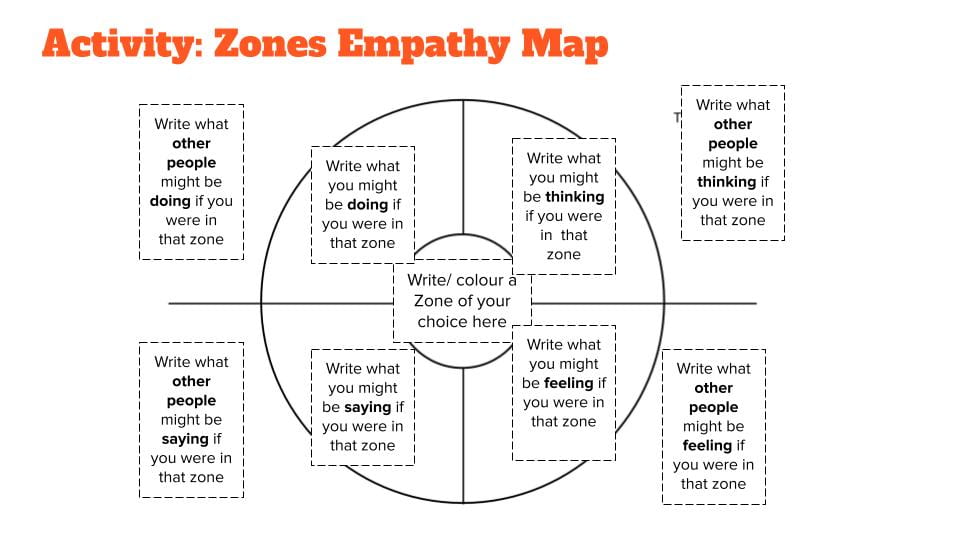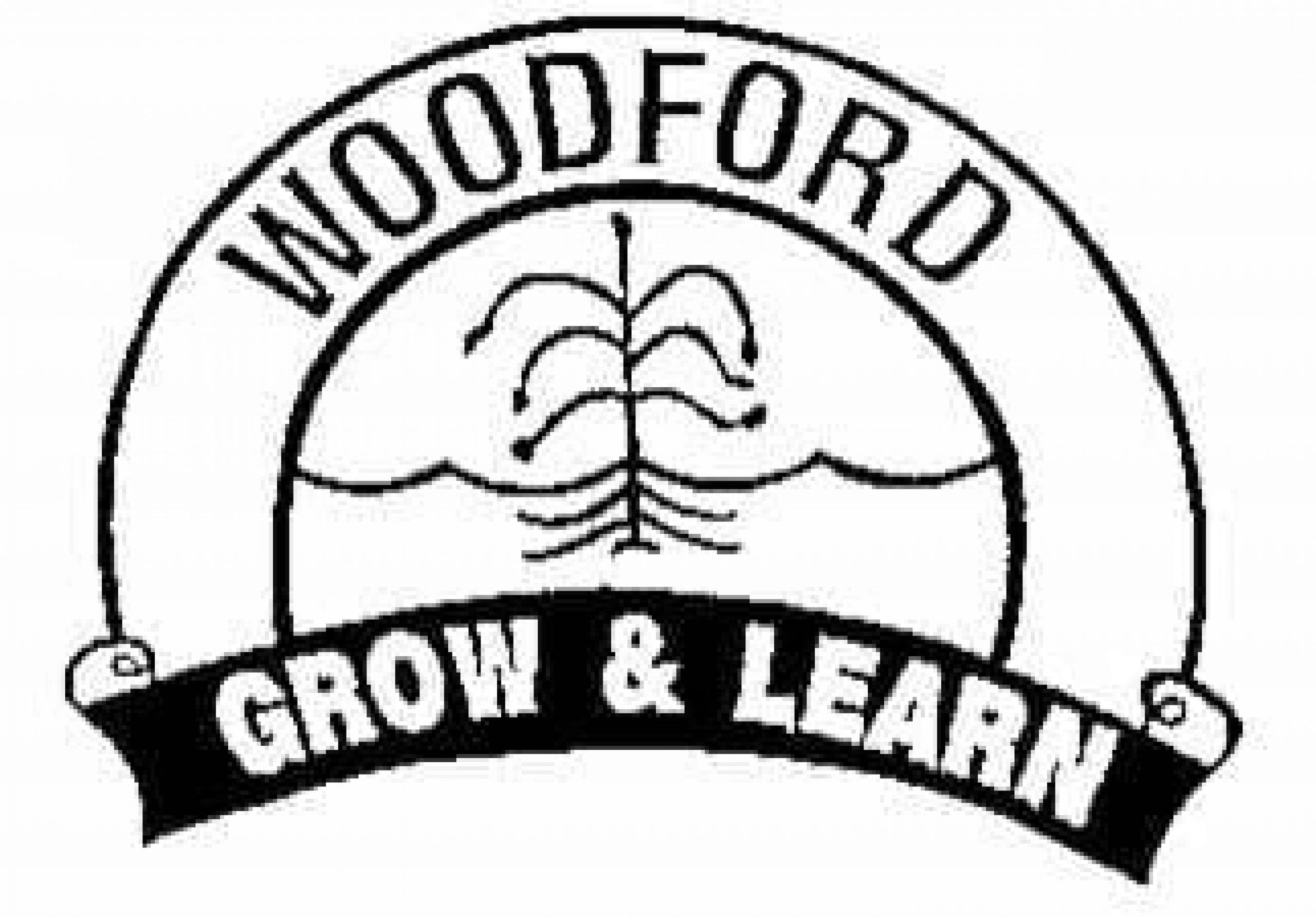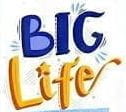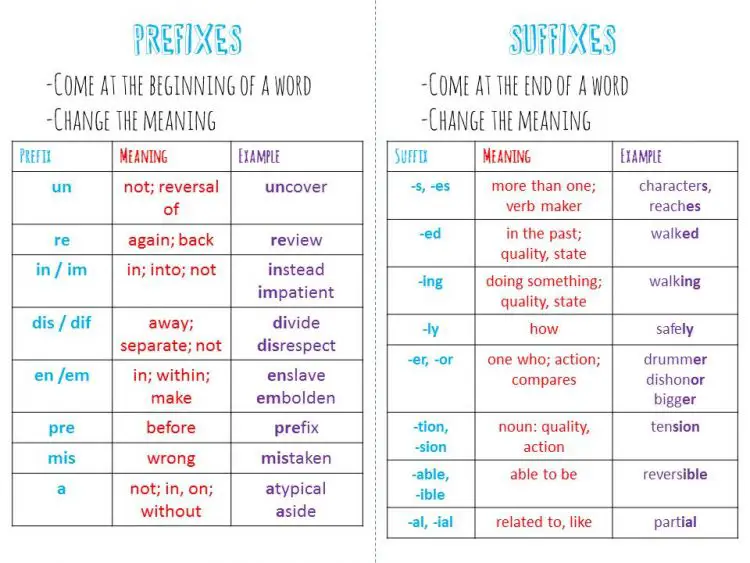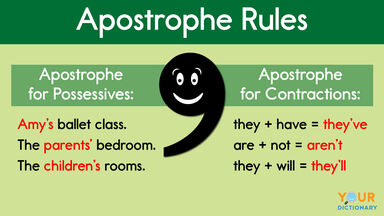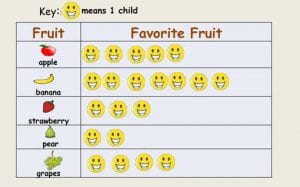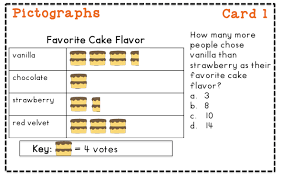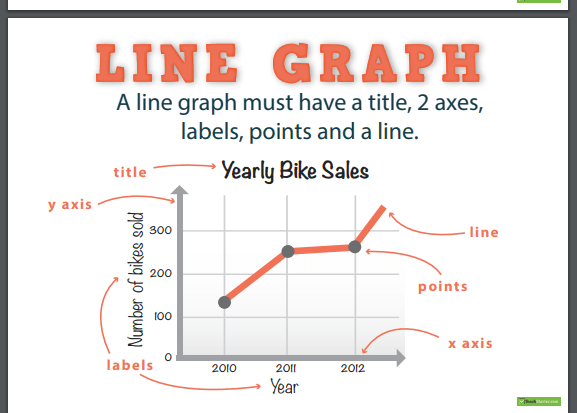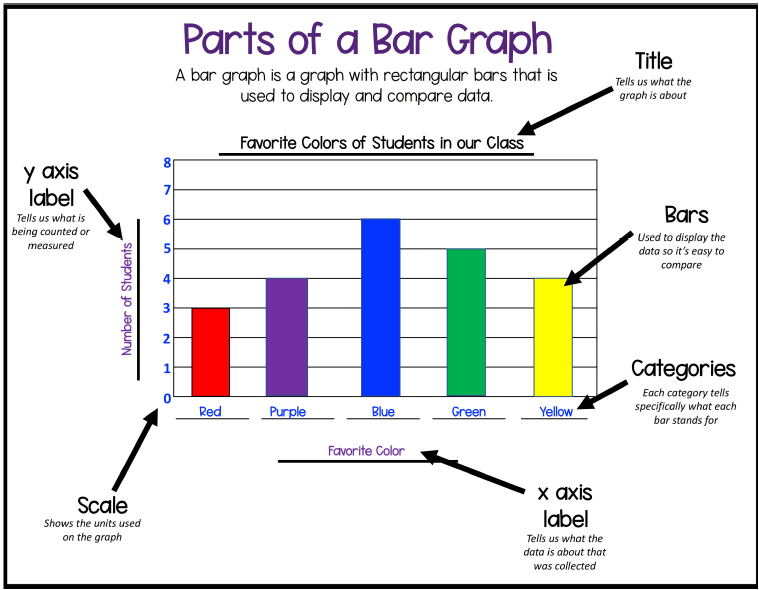Learning Intention: We are learning to search the text to answer questions, and identify the 3-4 most important points/facts in a text.
Success Criteria:
# I can search the text for answers to questions, using the keywords in the question to help me.
# I can identify the 3-4 most important pieces of information in a text and write them in dot points.
(Thursday) Independent Reading – 20mins
Prompt question (after reading) =
Book title:
What is the genre of your book?
What ages would enjoy your book? Eg: 7-11 year olds
Has this author written any other books?
Reading Activity – Read the text and answer the questions
THURSDAY – Plastic Pollution (Text)
Q1 – Which fact did you find most surprising? Explain why.
Q2 – What is 1 advantage and 1 disadvantage of Bioplastic?
Q3 – Which solution do you think has the most chance to be successful? Explain why?
Q4 – Summarise the most important 4 details.
15mins: Seek the Sound – Using a book, can you find new words with our sound of the week. Put them into columns from Tuesday.
Learning Intention: We are learning to identify the parts of an information report introduction.
- We can:
- Read an information report introduction
- Identify the Hook, Topic Sentence, Definition, List of subtitles, and Topic Sentence restated.
- Colour code each sentence in the paragraph to show understanding.
Today’s Task: Click the link here to find today’s worksheet. Today we would like you to highlight each part of the introduction. Use the box at the top to help with the colour coding.
Next: Write 5 fact or rhetorical question hooks that you could use for your own topic.
 Practice your counting goal for 5 minutes.
Practice your counting goal for 5 minutes.
Learning Intention:
We are learning to collect data and present our findings in one of the following graphs: bar graph, line graph, or pictograph.
Success Criteria:
I can:
- Present my findings in a graph.
- Accurately label the y axis and x axis.
- Include a meaningful title.
- Draw straight lines using a ruler.
- Present my work neatly.
Collecting Data;
In our morning check-in meeting today, our check-in question was ‘What is your favourite pet?’ We surveyed our class , collecting and recording our results. Present this data set in a graph of your choice (pictograph, line graph or bar graph).
Click here for a larger view of the table.
Decide how you are going to present this data, either using a line graph, bar graph or pictograph.
Click here to print off grid paper or draw your graph in your homework book.
Remember to:
- Present your work neatly.
- Use a ruler to rule all straight lines.
- Label your graph and include a title.
Extension Activities:
Finish any of the assigned activities that have been assigned this week.
Today we have a special Big Life WebEx Meeting at 11:30am.
Click Here to enter the Big Life meeting
Worksheets for today:
You can find these worksheets on Seesaw.
